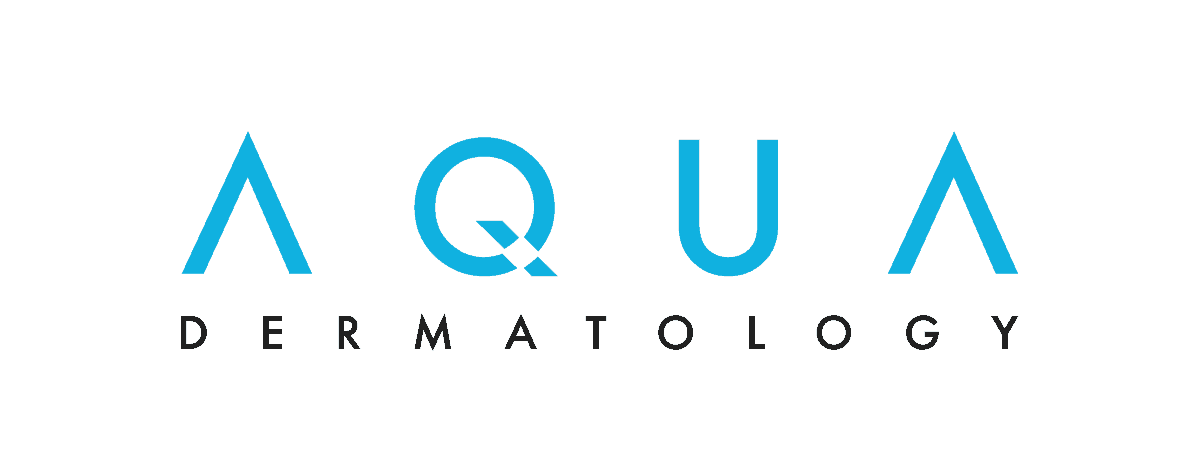Scars
Call (877) 900-3223
Types of Scars and Treatment Options
Types of Scars
Scar Treatments
Scars result when the skin repairs wounds caused by accident, disease, or surgery. They are a natural part of the healing process. As wounds heal, the body produces new collagen fibers at the site of the wound to replace those that were damaged.

The more the skin is damaged and the deeper the injury extends below the surface, the longer it takes the wound to heal, which often leads to a noticeable scar.
The way a scar forms is affected by an individual's age and the location of the wound on the body or face.
For example:
- Younger skin makes strong repairs and tends to over-heal, resulting in larger, thicker scars.
- Skin over a jawbone is tighter than skin on the cheek and will make a scar easier to see.
- If a scar is indented or raised, irregular shadows will be seen, giving the skin an uneven appearance.
- A scar that crosses natural expression lines or is wider than a wrinkle will be more apparent because it will not follow a natural pattern or look like a naturally occurring line.
Any one or a combination of these factors may result in a scar that, although healthy, may be improved by treatment. Some scars may improve on their own over 6 to 18 months.
Types of Scars
There are several types of scars that vary in appearance and a number of scar revision treatment methods. Your Water’s Edge dermatologist or plastic surgeon will determine which treatment is most appropriate based on the type and size of your scar.
Discoloration, surface irregularities: As wounds heal, scar tissue forms. A scar may appear red and thick at first, and then gradually fade. Many actively healing scars that seem unsightly at three months may heal nicely if given more time. These types of scars are not painful.
Hypertropic scars: This type of scar forms when excessive amounts of collagen form at the site of injury. They are typically red and raised and may be itchy or painful. While a hypertropic scar will not extend beyond the border of the wound, it may become thicker over the first few months.
Keloids: Keloids are fibrous tissue outgrowths that develop from excessive collagen production during wound healing.

They appear as raised, reddish nodules at the site of an injury and may be painful or itchy.
They extend beyond the original borders of the wound. People with darker skin (more pigment) seem to be more prone to forming keloids.
While keloids can occur anywhere on your body, they often develop in less fatty areas, such as on the face, neck, ears, chest, or shoulders.
Contractures: This type of scar restricts movement due to skin and underlying tissue that pull together during healing. They can occur when there is a large amount of tissue loss, such as after a burn. Contractures also can form where a wound crosses a joint, restricting movement of the fingers, elbows, knees, or neck.
Scar Treatments
Several techniques can minimize a scar. However, no scar can ever be completely erased, and no technique will return the scar to its normal, uninjured appearance.
The most important step in the treatment of scars is careful consultation between the patient and the Water’s Edge Dermatology practitioner, which entails finding out what bothers a patient most about a scar and deciding upon the best treatment.
Most of the treatments below are done routinely in the Water’s Edge Dermatology practitioner's office. Only severe scars, such as burns over a large part of the body, may require general anesthesia or a hospital stay.
Surgical Scar Revision
Surgical scar revision can improve the way scars look by changing the size, depth, or color. Surgical scar revision typically results in a less obvious mark. Because each scar is different, each will require a different approach.
Based on the ability of the skin to stretch with time, surgical scar revision is a method of removing a scar and rejoining the normal skin in a less obvious fashion. The surgical removal of scars is best suited for wide or long scars, those in prominent places, or scars that have healed in a particular pattern or shape.
Wide scars can often be cut out and closed, resulting in a thinner scar, and long scars can be made shorter. Rather than using straight-line incisions, the doctor may use irregular or staggered incision lines, which forms a broken-line scar that is much more difficult to recognize.
Sometimes, a scar's direction can be changed so that all or part of the scar that crosses a natural wrinkle or line falls into the wrinkle, making it less noticeable. This method can also be used to move scars into more favorable locations, such as into a hairline or a natural junction (for instance, where the nose meets the cheek).
Best results are obtained when the scar is removed and wound edges are brought together without tension or movement (pull) on the skin.
Dermabrasion
Dermabrasion is a method of treating acne scars, pockmarks, some surgical scars, or minor irregularities of the skin's surface. An electrical machine is used by a Water’s Edge Dermatology practitioner to remove the top layers of skin to give a more even contour to the surface of the skin. While it can offer improvement for certain scars, dermabrasion cannot get rid of the scar entirely.
Patients can usually return to work within a week. If defects are minor, only one dermabrasion will be needed. Several sessions may be required if defects are deep and extensive, as in deep acne scars.
Laser Resurfacing and Pulsed Dye Laser
Another method of improving surgical, acne, chicken pox, and other scars is laser scar revision. High-energy light is used to remove or remodel unwanted, damaged skin. Patients can usually return to work or regular activity within one week, but skin may stay pink for several weeks or months, particularly after skin resurfacing with a carbon dioxide laser.
Several different lasers are available, depending on the skin defect requiring improvement. A pulsed dye laser, for example, uses yellow light to remove scar redness and to flatten raised scars (hypertrophic scars or keloids). These types of scars typically need two or more pulsed dye laser treatments every two months. Pulsed dye laser can also improve itching and burning sensations in the scar.
Acne scars or other indented (atrophic) scars can be improved with laser skin resurfacing.
Soft Tissue Fillers (Collagen, Hyaluronic Acid, or Fat Injections)
Various injectable substances are available to elevate indented soft scars. The amount of material injected will vary with the size and firmness of the scar. Bovine or human collagen may be used.
Improvement is immediate but is not permanent, and collagen injections often need to be repeated. Hyaluronic acid injections typically last a little longer. The patient's own fat or injectable donated fascia (a type of human tissue) can be used in full-thickened deep depressed scars.
The dermatologist will discuss the available fillers and help you decide which is best for your scar. Research is continuing to develop more long-standing substances to inject into scars.
Punch Grafts and Punch Excisions
Punch grafts are small pieces of normal skin used to replace scarred skin. A tiny circular "cookie cutter" is used to cut a hole in the skin and remove the scar. The area is then filled in with a matching piece of unscarred skin (called a plug), usually taken from the skin behind the ear. The plugs are taped into place for five to seven days as they heal.
Punch excisions, on the other hand, involve the use of stitches to close the holes produced by the tiny skin punch. The stitches are removed in five to seven days. Even though the punch grafts and excisions form scars of their own, they provide a smoother skin surface that is less visible than depressed scars. Deep or pitted acne scars are best treated by punch grafts or excisions.
Chemical Peels
This procedure involves the use of a chemical solution to remove the top layer of the skin. Doing so can smooth depressed scars and give the skin a more even color. It is most helpful for shallow superficial scars.
The chemical is applied to the skin with an ordinary cotton-tipped applicator or gauze beginning on the forehead and moving over the cheeks to the chin. Different chemicals can be used for different depth peels. Light peels require no healing time while deeper peels can require up to two weeks to heal. The amount of scarring and color change determines the type of peel selected.
Other Scar Treatment Methods
Pressure bandages and massages can flatten some scars if used on a regular basis for several months.
Silicone-containing gels, creams, and bandages have also been helpful in reducing scar thickness and pain. They must also be used regularly, and results are variable. Silicone impregnated gels can be used by the patient at home to remodel elevated scars in addition to injections of scar tissue.
Cryosurgery involves freezing of the upper skin layers, which causes blistering of the skin to remove the excess tissue at the scar.
Cortisone (steroid) injections or tape are effective in softening very firm scars (or keloids) causing them to shrink and flatten. This treatment is popular (along with pulsed dye laser) for hypertrophic scars and keloids.
Interferon is a chemical that is injected into the scar and may help improve the hardness and cosmetic appearance of the scar.
Cosmetics applied correctly can be very good at covering up scars. Physicians encourage patients to wear makeup after scar treatments. Makeup will improve the appearance while nature completes the healing process.





